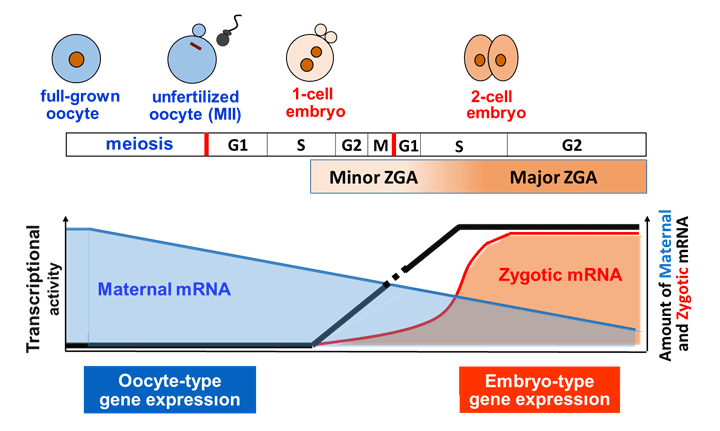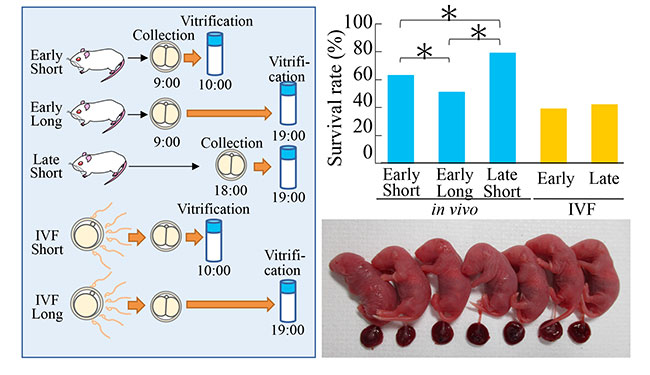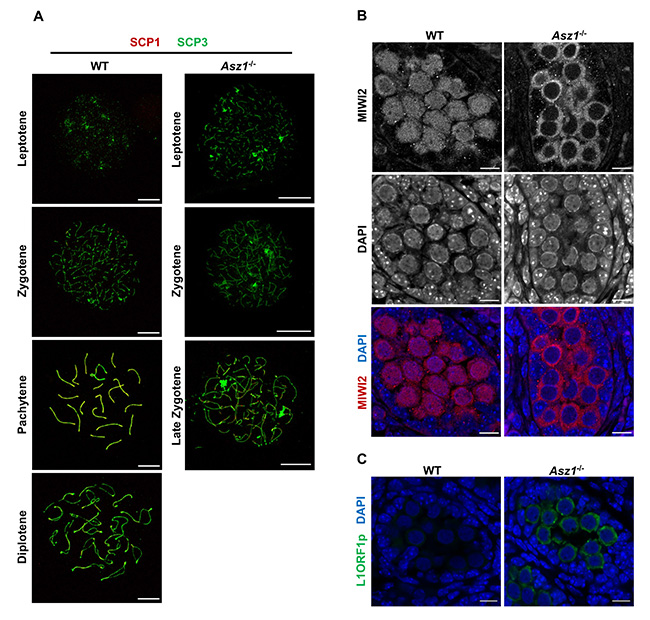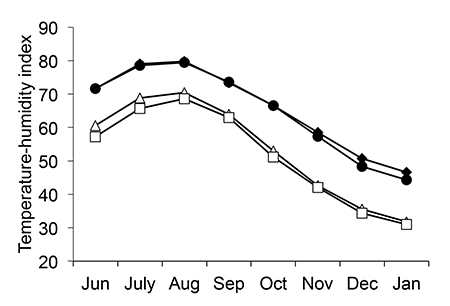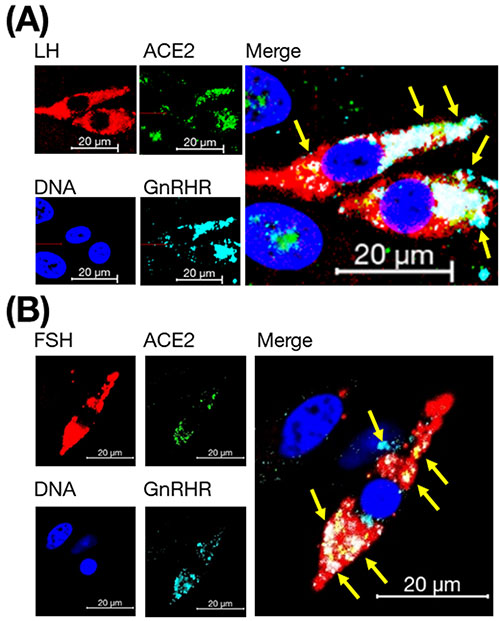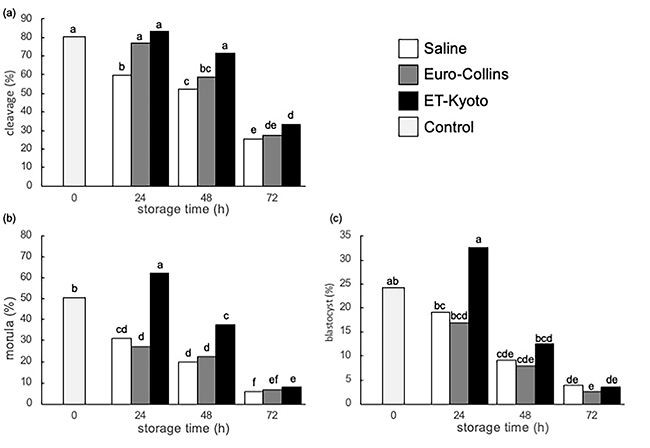- |<
- <
- 1
- >
- >|
-
Article type: SRD Outstanding Research Award 2021
2022 Volume 68 Issue 2 Pages 79-84
Published: 2022
Released on J-STAGE: April 01, 2022
Advance online publication: January 15, 2022Download PDF (1044K)
-
Article type: SRD Young Investigator Award
2022 Volume 68 Issue 2 Pages 85-89
Published: 2022
Released on J-STAGE: April 01, 2022
Advance online publication: February 12, 2022Download PDF (1263K)
-
Article type: Review
2022 Volume 68 Issue 2 Pages 90-95
Published: 2022
Released on J-STAGE: April 01, 2022
Advance online publication: January 30, 2022Download PDF (1211K) -
Article type: Review
2022 Volume 68 Issue 2 Pages 96-103
Published: 2022
Released on J-STAGE: April 01, 2022
Advance online publication: December 25, 2021Download PDF (1362K) -
Article type: Review
2022 Volume 68 Issue 2 Pages 104-109
Published: 2022
Released on J-STAGE: April 01, 2022
Advance online publication: December 30, 2021Download PDF (787K)
-
 Article type: Original Article
Article type: Original Article
2022 Volume 68 Issue 2 Pages 110-117
Published: 2022
Released on J-STAGE: April 01, 2022
Advance online publication: January 03, 2022Editor's pickCover Story:
To understand the cellular processes associated with non-invasive mode of conceptus implantation to the maternal endometrium, Yamada et al. observed the conceptus implantation process via adhesion of trophoblast cells to the uterine epithelium (Yamada et al., Epithelial-mesenchymal transition and bi- and multi-nucleated trophoblast cell formation in ovine conceptuses during the peri-implantation period, pp. 110–117). Similar to human syncytiotrophoblast, ruminant trophoblasts form bi- and multi-nucleated trophoblast cells. Using pregnancy associated glycoproteins (PAGs) specific antibody, bi- and multi-nucleated trophoblast cells in cross sections of day 21 ovine uteri (day 0 = day of estrus), including elongated conceptuses, were observed, and it was found that bi- and multi-nucleated trophoblast cells existed on the uterine epithelium or next to the uterine stroma. These results suggest that the formation of bi- and multi-nucleated trophoblast cells facilitates the placental formation in ruminants.Download PDF (2609K) -
Article type: Original Article
2022 Volume 68 Issue 2 Pages 118-124
Published: 2022
Released on J-STAGE: April 01, 2022
Advance online publication: January 04, 2022Download PDF (1426K) -
Article type: Original Article
2022 Volume 68 Issue 2 Pages 125-136
Published: 2022
Released on J-STAGE: April 01, 2022
Advance online publication: January 30, 2022Download PDF (10809K) -
Article type: Original Article
2022 Volume 68 Issue 2 Pages 137-143
Published: 2022
Released on J-STAGE: April 01, 2022
Advance online publication: January 18, 2022Download PDF (971K) -
Article type: Original Article
2022 Volume 68 Issue 2 Pages 144-151
Published: 2022
Released on J-STAGE: April 01, 2022
Advance online publication: January 28, 2022Download PDF (825K) -
Article type: Original Article
2022 Volume 68 Issue 2 Pages 152-159
Published: 2022
Released on J-STAGE: April 01, 2022
Advance online publication: January 27, 2022Download PDF (1723K)
-
Article type: Technology Report
2022 Volume 68 Issue 2 Pages 160-164
Published: 2022
Released on J-STAGE: April 01, 2022
Advance online publication: January 07, 2022Download PDF (937K)
- |<
- <
- 1
- >
- >|

